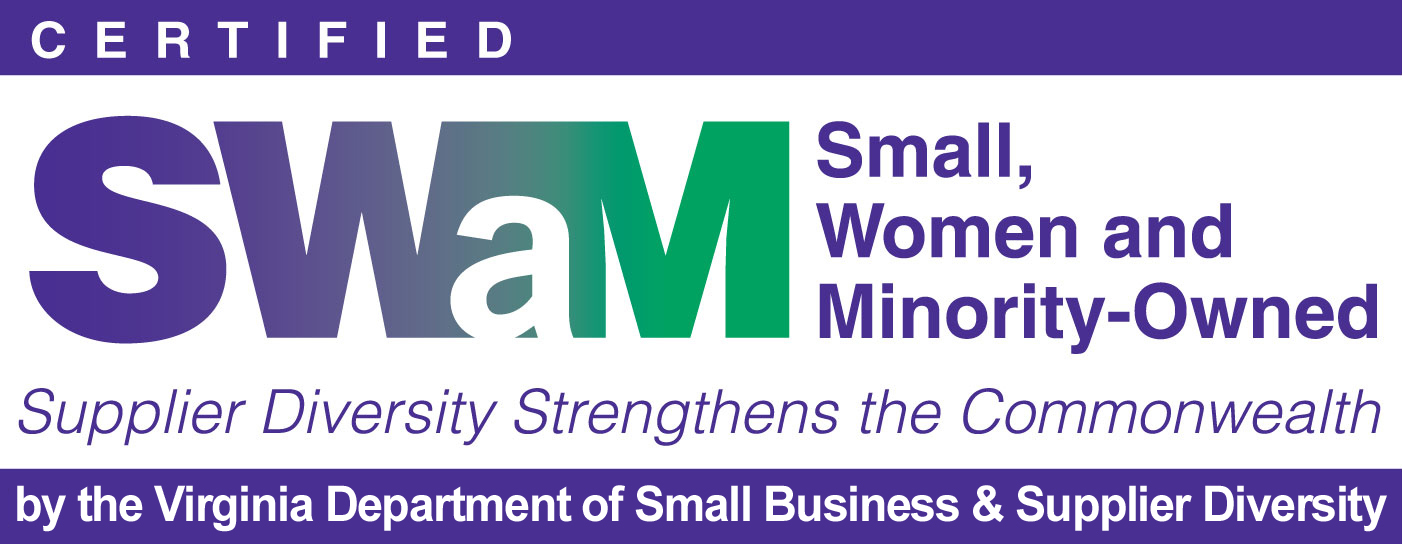
Building Connections with Remote Clients
By: Meredith Flory
While a variety of factors have led businesses to be able to have both remote workers and remote clients, those relationships and teams still need to grow authentically and create connections that lead to long-term relationships. Whether you are providing a service or creating a product for your clients, there are some ways to use technology creatively and purposefully to make the miles separating you feel like much less.
Tailor communication to the client. Our ability to have remote clients is in part due to the amount of technology at our fingertips, but there are so many options, you need to play it smart in deciding which communication technologies work for you and your clients. If you use too many, it makes it easier for communication to be missed or misinterpreted. Find a video-calling, calendar, and shared document system that works for both you and your clients and stick to those resources. If you want to change what you are using, consider testing with a particular project or client who is open to new things before asking all your clients and employees to make the switch.
Be sure to maintain notes on your clients’ communication styles. Due to a myriad of factors such as age, type of project, comfort with technology, and needed accommodations, you may need to adjust. How you are handling internal communication channels matter as well. If multiple staff members are working with a client, they need to have a plan with each other so that they do not contradict one another or contact the client about the same issues simultaneously.
Set reasonable expectations. When working in a field that requires remote work and different time zones, communication needs for both the company and client are important. Much electronic communication allows for work outside of normal business hours, but both parties should be able to set boundaries regarding off-work hours. Set reasonable expectations about how much time might be required for someone to contact them back as well as the appropriate times and avenues for immediate communication. Reasonable expectations vary depending on the type of business, project, and work culture, so don’t assume that you and your clients have the same expectations or boundaries.
Don’t underestimate snail mail. While electronic communication is the faster, better way to handle project communication and business, don’t forget the power of personalized snail mail. After an initial meeting, the end of a project, or other milestone with a client, consider sending a handwritten thank-you or gift for their time. This small act shows attention to detail and gratitude in a way that a quick thank-you email cannot. If you can send work samples or mock-ups for your project this way as well, it may make your work stand out and get in front of your clients more as they make decisions.
Engage in long-distance socializing. Networking and socializing continue to be important parts of business relationships but are made more difficult as businesses move online. You can’t simply meet a potential or long-term client for coffee or happy hour if you live in different time zones, so the more informal part of business relationships takes some creativity. Depending on your line of work, it may be important to make sure that in-person conferences or trade shows are still a part of your budget, and when you have employees travel to these events, attempt to book lunch, coffee, or in-person meetings with clients in the same area.
You can also figure out ways to move some of the more personal networking online or turn into creative long-distance plans. Have a morning meeting with the staff of a business? Send them coffee and doughnuts from a local café. Does your business want clients to meet each other? Start a monthly or quarterly optional happy hour on Zoom.
Connect through your mission. Connect with clients on issues that are important to them. Here are a few ways you can connect people who have common interests but live in different areas:
- Create a volunteer or giving campaign that focuses on one issue. Clients and partners can join in by choosing and supporting an organization that addresses that common-interest issue in their city.
- Take notice of important programs your clients are pursuing. An initiative focused on higher education, diversity and inclusion, or other forms of business leadership might give you an opportunity to support them or connect over issues important to both teams.
- Share success stories from your clients, customers, and business partners on your social media and company newsletters.
Don’t forget that the way your company handles social media affects how you are interacting with clients and showing your business’s personality. If you leave social media unutilized for long periods of time or have inconsistent messaging, clients may be concerned you will do the same with them, so make sure to have a clear social media plan that reflects your mission and recognizes the accomplishments of your clients.
Get feedback after each project. Perhaps the most important way to connect with clients comes after the project is finished. In order to maintain relationships, keep current clients, and attract new ones through word of mouth, it’s important to assess how each project went or to get feedback from large orders. While traditional feedback forms and reviews can be a great source of information, actual conversations and check-ins during and after the project are important as well. Show your clients that you value their honesty by listening without comment or explanation and then by creating plans to use feedback moving forward, whether that means a plan with an individual client or a needed change company-wide.
For more tips follow us on Facebook and LinkedIn this month!


